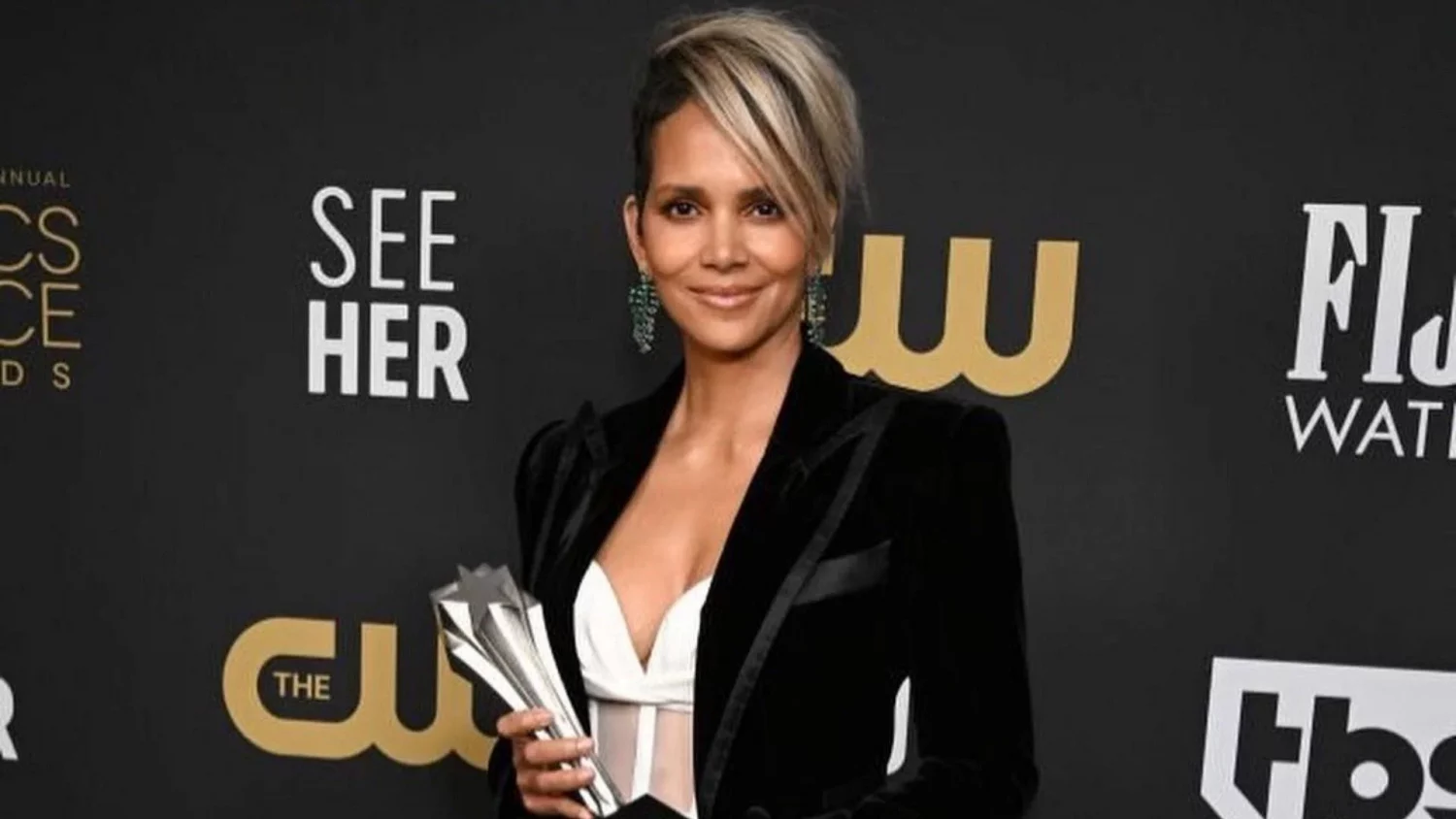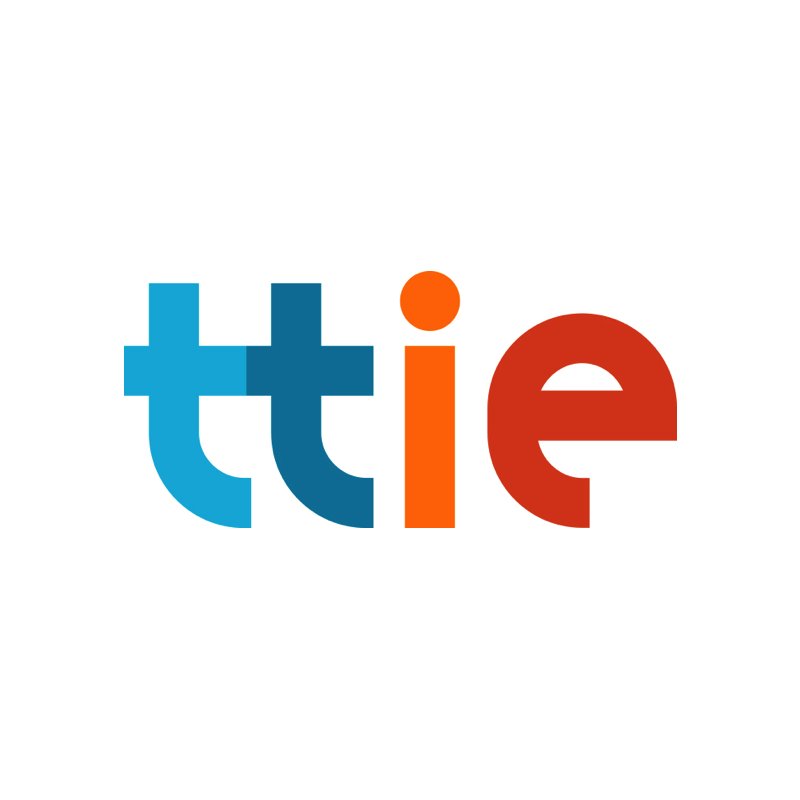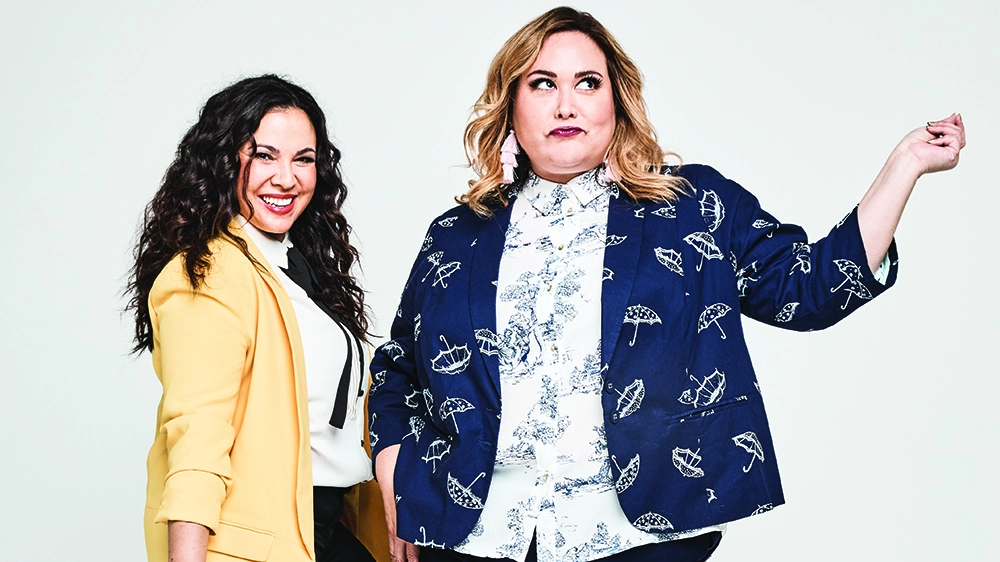Improving Representation of Black Women
In 2019, the Association of National Advertisers’ (ANA) SeeHer movement and the Oprah Winfrey Network (OWN) partnered to encourage and empower brands to apply an intersectional lens in marketing, advertising, media, and entertainment so that more Black women and girls see themselves — and all of their potential — authentically reflected in content.
(via seeher.com)

Through this work, OWN and ANA created Black Female Characters: Authentic Representation and Story Guide.

The Guide was developed by ANA’s SeeHer through a unique process that incorporated evidence from literature reviews on content analysis, OWN original research, and surveys of OWN’s visionary talent who masterfully convey the beautiful complexities and intricacies of Black women’s stories.
Key contributors from OWN’s leading talent include Paul Garnes (head of physical production for ARRAY Filmworks and executive producer of OWN’s “Queen Sugar” and “Cherish the Day”), Dee Harris-Lawrence (showrunner/executive producer of the Peabody award-winning “David Makes Man” and “All Rise”), Tina Lifford (actress “Queen Sugar”), Cheryl Dunye (director “Queen Sugar,” “David Makes Man,” “Delilah,” “Love Is___”), and actress/comedian Kym Whitley (“Raising Whitley,” “Girlfriends Check In”).
Read MoreThe Guide has several questions for storytellers to ask that fall into two main categories, which delineate between storylines and Black female character attributes that align with authentic representation opposed to perpetuating harmful stereotypes.
Examples of key “Affirmation and Inspiration” questions for storytellers to ask include:
- Does the story include a Black woman in a meaningful role?
- Does the story incorporate an intersectional view of the Black female character’s lived experience based on the multiple dimensions of her identity (e.g. race or ethnicity, ability, sexual orientation, gender identity, religion, socioeconomic status)?
- Does the story underscore the humanity of Black women by incorporating themes that are central to the human experience?
Examples of key “Pitfalls and Misconceptions” questions for storytellers to ask include:
- Is the primary Black female character a sidekick or best friend to a white protagonist, and accordingly lacks a storyline of her own?
- Does the incorporation of a social justice theme make Black female audience members feel burdened more than seen?
- Does the story overtly or subtly perpetuate colorism – prejudice or discrimination against individuals with a dark skin tone?
Storytelling is a powerful tool that can inspire more Black women and girls to embrace the limitless potential they possess within themselves. It is imperative that critical moments are converted into momentum to catalyze meaningful and lasting change in how Black women are portrayed. Media bears immense potential to shift culture in non-trivial ways by mitigating bias that perpetuates mistreatment, injustice, inequities, and invisibility.
More resources for Development
#WriteInclusion Factsheets

Developing Material
Developing Material
DEAR Hollywood: Advancing Latinx Representation

Cultural Consultation: Storyline Partners
Developing Material
Developing Material
Films With A Cause: Inclusive Consulting for Elevated Storytelling
